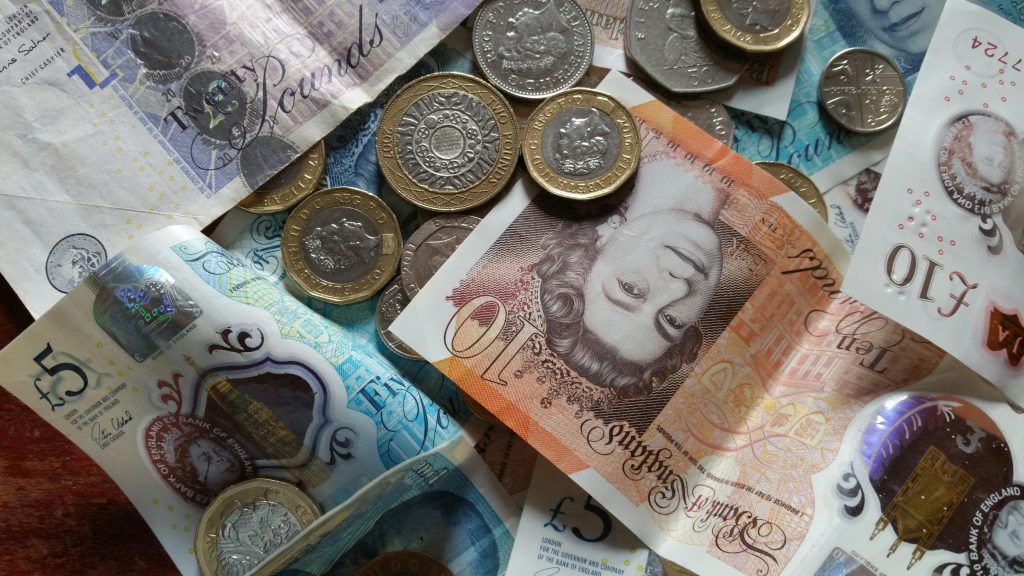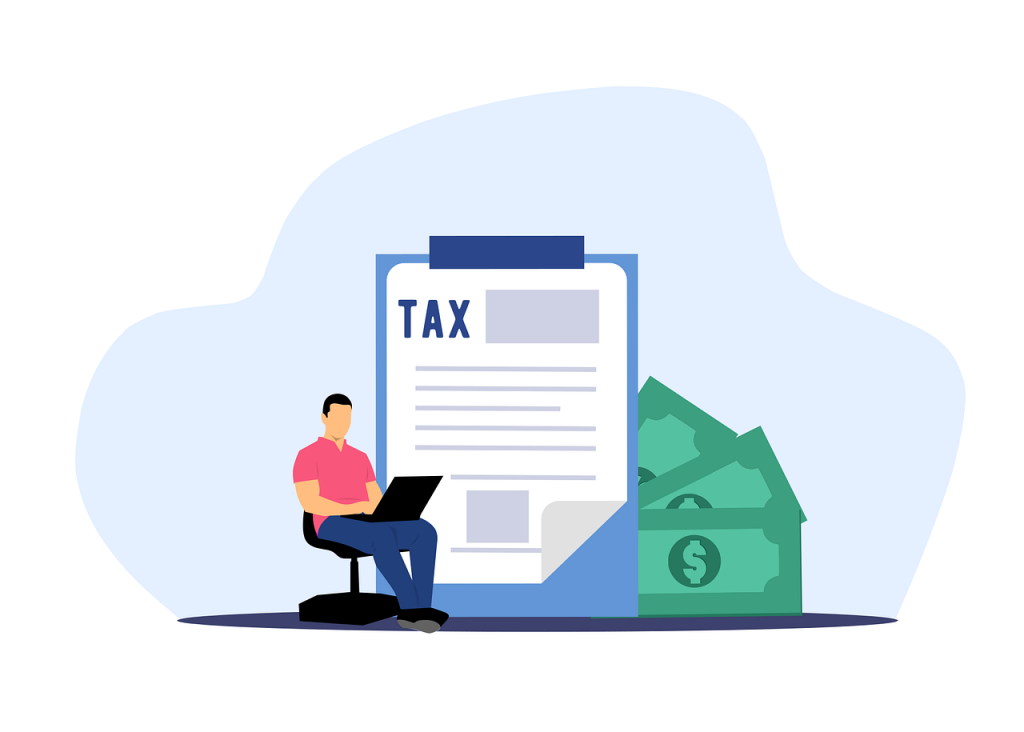- Self-employed in the UK must decipher taxes, involving self-assessment, NICs, and understanding the tax year.
- Income tax calculations are based on taxable profits, falling under progressive tax bands and rates with a personal allowance.
- National Insurance is crucial for future benefits, with payments depending on income level and specific thresholds.
- Efficiently managing sellable assets and expenses can significantly affect Capital Gains Tax and allowable deductions.
- VAT registration is essential for qualifying businesses, and Making Tax Digital mandates digital recordkeeping and software use.
For self-employed individuals in the UK, understanding and managing taxes is a fundamental aspect of business. The tax system can be confusing – with its myriad regulations and deadlines – but with proper knowledge, you can ensure you’re not only compliant with the law but also maximizing your potential. This comprehensive article delves into the intricacies of self-employment taxes in the UK, exploring tips, tricks, and regulations to ease your tax journey.
UK Tax Basics: Demystifying the Terminology
The UK tax system is underpinned by principles, rules, and regulations that everyone working for themselves must understand. Here are some fundamental terms that form the backbone of your tax responsibilities as a self-employed professional:
Self-Assessment
Self-assessment is the process by which self-employed individuals, or those with additional income, assess their tax liability. It involves completing a yearly tax return to HM Revenue & Customs (HMRC).
National Insurance Contributions (NICs)
Employed and self-employed individuals pay NICs as a way of qualifying for certain state benefits, including the State Pension.
Tax Year
In the UK, the tax year runs from 6th April in one year to 5th April in the following year. It’s what you use to calculate your tax bill.
HM Revenue & Customs (HMRC)
HMRC is the government department responsible for tax collection, among other financial responsibilities.
Income Tax: How Much Are You Liable For?
Understanding and planning for income tax is crucial. Here’s a look at what it is and how much you can expect to pay:

Taxable Income
The self-employed must pay income tax on their taxable profits, including earnings, after deducting expenses.
Tax Bands and Rates
The UK has a progressive tax system with different bands and rates. Depending on your income, you could be liable for 20%, 40%, or 45% tax.
Personal Allowance
Personal allowance is the money you can earn before paying any income tax. In the UK, this currently stands at £12,500.
Payments on Account
Sometimes, you may make payments on account – advance payments towards your tax bill – each year. This typically applies if your tax bill exceeds £1,000.
National Insurance: Contributing to Your Future
National Insurance (NI) payments are split into different classes, affecting how much you pay and what benefits you might be entitled to. There is also a threshold; you may not have to pay any NI contributions if your income is below it. You’ll make Class 2 and/or Class 4 payments if you’re liable.
Capital Gains Tax: Selling or Disposing of Assets
When you sell or dispose of an asset, such as a business property or shares, you may be liable for Capital Gains Tax. As a self-employed individual, you may qualify for allowances and reliefs, like Entrepreneurs’ Relief and the Annual Exempt Amount. You must report and pay Capital Gains Tax through the self-assessment system if you’ve made a taxable gain.
Expense Claims: Making the Most of What You Spend
Self-employed individuals can reduce their tax bill by claiming certain expenses, such as office supplies and travel costs. It is essential to keep accurate records of these expenses and provide receipts and invoices to support the claims. The tax refund must be paid back to HMRC if a non-allowable expense is claimed. Tax refunds for self-employed individuals often depend on the costs claimed, so it’s vital to understand what can and cannot be claimed.
Claiming and Paying VAT: The Value Added Tax Guide
VAT is a tax on goods and services you must pay when purchasing. If your business’s turnover exceeds the threshold, you must register for VAT. The registration process is done online. Once registered, you can charge VAT on your products/services and reclaim VAT on business purchases. UK has three VAT rates: standard (20%), reduced (5%), and zero (0%). Certain items are exempt from VAT. You must file a VAT return every three months to report your VAT owed and VAT reclaimable to HMRC.
Making Tax Digital (MTD): How It Affects the Self-Employed
MTD (Making Tax Digital) is an essential initiative by HMRC to simplify tax processes for individuals and businesses. Companies and self-employed individuals must maintain digital records and use MTD-compatible software for tax updates. Staying on top of digital records is crucial to meet filing deadlines and comply with HMRC.

Tax Deductions and Reliefs for the Self-Employed
Self-employed individuals can access various tax deductions and reliefs to manage their tax liabilities. These include the Annual Investment Allowance (AIA), which allows for the deduction of the full value of qualifying items, business expenses that can be deducted from profits, and Research and Development (R&D) Tax Credits for SMEs, enabling them to claim back a portion of qualifying R&D expenses.
Quarterly Reporting and Making Tax Payments
Quarterly reporting is required for VAT-registered businesses, sole traders, and partnerships with a turnover above £10,000 per year. This involves submitting a summary report of income and expenses to HMRC every quarter, in addition to annual submissions for self-assessment. Good financial recordkeeping is essential for a smooth transition to quarterly reporting, including accurate income, expenses, and VAT records, if applicable. It’s also important to plan ahead to make payments to HMRC for income tax and NICs through the new digital system.
As a self-employed individual, staying on top of your taxes is essential for the health and success of your business. Understanding the UK tax system, managing your finances efficiently, and seeking professional advice when needed will help you navigate the sometimes choppy waters of self-employment taxation. With this detailed guide, you can confidently approach your self-assessment, ensuring you comply with the law and taking advantage of opportunities to optimize your tax position. Remember, preparation and knowledge are the keys to ensuring your tax year ends prosperously.






